43 kcal on food labels
How Many Calories Does One KCAL Equal? | livestrong One kcal, or kilocalorie, is equivalent to one Calorie. Both are equivalent to 1,000 calories (with a lowercase "c") and measure the amount of energy in food. ... You can find the calorie amount on the food's nutrition label. This information will help you gauge whether you're consuming too many calories per day. NHS points out that the more ... Looking at labels - British Nutrition Foundation You'll see on labels, the calorie content is given in kcal and kJ, which are short for kilocalories and kilojoules. Kilocalorie is another word for the well know 'calorie'. Kilojoules are the metric measurement of calories (the calorie figure multiplied by 4.2).
4 Ways to Read Cat Food Labels - wikiHow Often, calories are listed as kilocalories or "kcal." This means the same thing as "calories" on human food labels. This information is usually listed on the back of the package below the feeding instructions. ... To read cat food labels, really pay attention to the first 3 ingredients since pet food labels list ingredients by weight in ...

Kcal on food labels
Kcal vs. Calories: Differences and Converting - Greatist Energy in food can also be measured in kilojoules (kJ). One calorie (kcal) equals 4.18 kJ or 4,184 joules (J). If you're looking to convert calories to kJ, multiply the number of calories by 4.18.... Kcal vs. Calories: Differences and How to Convert - Healthline Most packaged foods and beverages contain a nutrition label that lists the amount of energy the item contains in calories, kcal, kJ, or some combination of these. The bottom line, Calories are a... Food labels - NHS Most pre-packed foods have a nutrition label on the back or side of the packaging. These labels include information on energy in kilojoules (kJ) and kilocalories (kcal), usually referred to as calories. They also include information on fat, saturates (saturated fat), carbohydrate, sugars, protein and salt.
Kcal on food labels. Why do food labels display energy in two different units (kcal ... - Quora Answer (1 of 2): Kcal and Kjoule,both are the units of energy and are in use in nany countries,hence the food labels display both the units on the nutrition panel for consumers' benefit. Ever since the adoption of international system (SI) of Scientific units, joules has been only defined SI uni... How to Calculate Kcal | Healthfully Add the amounts of kcals in carbohydrates, fats, and proteins together for a total kcal count. To find the percentage of an individual component, divide the amount of kcals by the total kcal count. For example, if there are 45 kcals of fat in a 90 kcal product, you would divide 45 by 90. This food, then, is made up of fifty percent fat kcals. Learn How the Nutrition Facts Label Can Help You Improve Your Health The Nutrition Facts label on packaged foods is based on updated science and dietary recommendations for Americans. Using the label can help you choose foods for a healthy diet. The label is required on all packaged foods made in the United States and imported from other countries. The US Food and Drug Administration (FDA) issued regulations in ... What is the difference between Kcal and Calories? | Philips Updated on 2017-02-28, Scientifically, 1 kilocalorie ( 1000 calories or 1 kcal) means the energy it takes to raise the temperature of 1kg of water by 1°C. Calories are units of energy so small that a tiny cookie can provide thousands of them. To ease calculations, energy is expressed in 1000-calorie units known as kilocalories.
Cat Food Labels COMPLETE GUIDE - Jess Caticles There are 4 crucial steps to reading cat food labels properly. Product name rules, Ingredients list, Guaranteed analysis, Nutritional adequacy statement, And a bonus: the manufacturer. Product name rules, The product name rule tells us how much of the named ingredient is in the product. This could range from 0% minimum requirement to 95%. Understanding calories - NHS Find out more about food labels. Burning calories. The amount of calories people use by doing a certain physical activity varies, depending on a range of factors, including size and age. The more vigorously you do an activity, the more calories you'll use. For example, fast walking will burn more calories than walking at a moderate pace. Packaging and labelling | Food Standards Agency Certain foods are controlled by product specific regulations and they include: bread and flour, cocoa and chocolate products, soluble coffee, milk products, honey, fruit juices and nectars, infant... Reading Cat Food Labels: Ingredients, Nutrition, and More - WebMD Guaranteed analysis: States the minimum or maximum amount of certain nutrients, including protein, fat, and fiber. Nutrients are different from ingredients. Feeding directions: Explains how to feed the product to the cat. Such directions are to be considered general guidelines, not rules. Ask your veterinarian for specific instructions.
How To Read Food and Beverage Labels - National Institute on Aging Or you can call the U.S. Department of Agriculture's Food and Nutrition Information Center at 301-504-5414. Understanding percent Daily Value (% DV) The percent Daily Value (% DV) tells how much a nutrient in a serving of the food or beverage contributes to a total daily 2,000-calorie diet. FDA Rounding Rules for Your Food Label - LabelCalc As a food manufacturer, you know your food labels must comply with FDA guidelines for nutrition information. And while these guidelines are important in providing transparency about your products so consumers can make educated decisions, the rules can be overwhelming and complicated to navigate. How Do They Calculate Calories on Food Labels? 22 grams of carbohydrate (22 x 4 = 88 calories) 2 grams of protein (2 x 4 = 8) ...should contain approximately 140 calories. It's important to recognize that 4-9-4 is an average, and not an exact amount. For example, 1 gram of fat in one food may yield 8.34 calories while 1 gram of fat from another food yields 9.7 calories. Why are the calories in a nutrition label displayed in Kcal and ... - Quora Answer (1 of 3): Because a Kilocalorie is 1000 calories, and is the usual unit that food is measured in. Sure, you could say that an egg is 86000 calories, but that is likely to freak people out. Saying it's 86 Calories is simpler and most people understand the concept.
What is the difference between calories and kilocalories? | Food and ... The "calorie" we refer to in food is actually kilocalorie. One (1) kilocalorie is the same as one (1) Calorie (uppercase C). A kilocalorie is the amount of heat required to raise the temperature of one kilogram of water one degree Celsius.
Why Do Food Labels Use Calories Instead of Joules or Kilojoules? On U.S. food labels, the term "calorie" actually means kilocalorie, though a calorie is technically the smaller measurement. Kilojoules, Most countries outside the United States use kilojoules on food labels. A kilocalorie equals 4.184 kilojoules. The United States Department of Agriculture's National Nutrient Database lists values for both.
How to Understand and Use the Nutrition Facts Label | FDA - U.S. Food ... (#2 on sample label) Calories provide a measure of how much energy you get from a serving of this food. In the example, there are 280 calories in one serving of lasagna. What if you ate the entire...
Understanding food labels: portions, energy | Health24 Confusion arises when the label expresses the energy content in kcal (or kilo-calories). ... When a food label states that the product contains 50cal and another product contains 50kcal, it actually means the same thing. Low-energy foods. Since so many people are trying to lose weight, it is important for them to understand which foods are low ...
The Science Behind Calories and Nutrition Facts Labels The calorie number we see on food labels refers to a kilocalorie (kcal), which is also known as a large calorie or a food calorie. A kilocalorie is 1 000 calories. One kilocalorie is the amount of energy it takes to heat one kilogram of water one degree Celsius at sea level.
Reading Food Labels (for Parents) - Nemours KidsHealth A food with 5% or less of a nutrient is low in that nutrient. A food with 10%-19% of a nutrient is a good source of that nutrient. A food with 20% or more of a nutrient is high in that nutrient. The information on food labels is based on an average diet of 2,000 calories per day.
Food Calorie Calculator Food Calorie Calculator. Powered by the USDA National Nutrient Database, the Food Calorie Calculator below allows you to choose from thousands of foods and brands, and see nutrition facts such as calories, fat, protein, carbohydrates, fiber and sugar. Get started by entering your food and drink choices under "Keywords".
Calories on the New Nutrition Facts Label | FDA - U.S. Food and Drug ... One package of food may contain more than one serving, so, if you eat two servings you would be getting two times the calories shown on the label. For example, if you ate one serving of the food...
Check the label | Food Standards Agency The traffic light labelling system will tell you whether a food has high, medium or low amounts of fat, saturated fat, sugars and salt. It will also tell you the number of calories and kilojoules in that particular product. energy (kilojoules (kj) and calories (kcal)) fat. saturates.
Are kcal the same as Calories? - Cronometer Cronometer Curation. 4 years ago. Updated. The Calories used on food labels are the same as kcals (kilocalories). 1 Calorie = 1 kcal.
This is why calorie content is always listed in 'kcals' - Cosmopolitan So that's where the 'k' comes in - it stands for 'kilocalories'. For every 1 'kcal' measure, you can assume you're actually counting 1,000 scientific calories, which sounds pretty scary if you...
Food labels - NHS Most pre-packed foods have a nutrition label on the back or side of the packaging. These labels include information on energy in kilojoules (kJ) and kilocalories (kcal), usually referred to as calories. They also include information on fat, saturates (saturated fat), carbohydrate, sugars, protein and salt.
Kcal vs. Calories: Differences and How to Convert - Healthline Most packaged foods and beverages contain a nutrition label that lists the amount of energy the item contains in calories, kcal, kJ, or some combination of these. The bottom line, Calories are a...
Kcal vs. Calories: Differences and Converting - Greatist Energy in food can also be measured in kilojoules (kJ). One calorie (kcal) equals 4.18 kJ or 4,184 joules (J). If you're looking to convert calories to kJ, multiply the number of calories by 4.18....





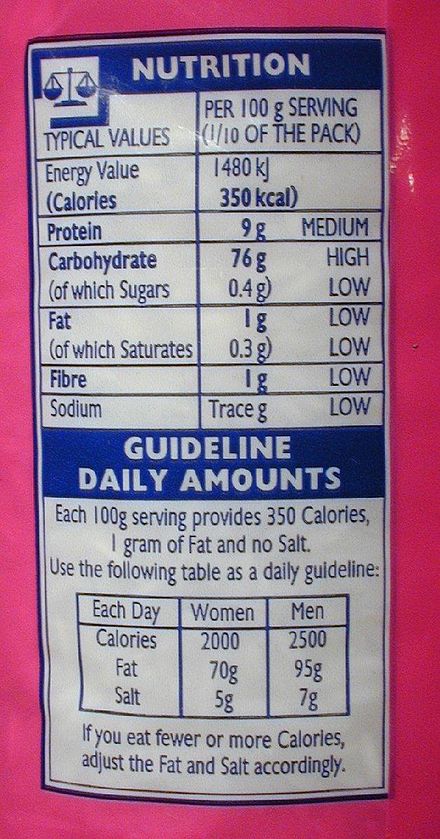

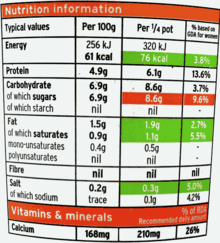
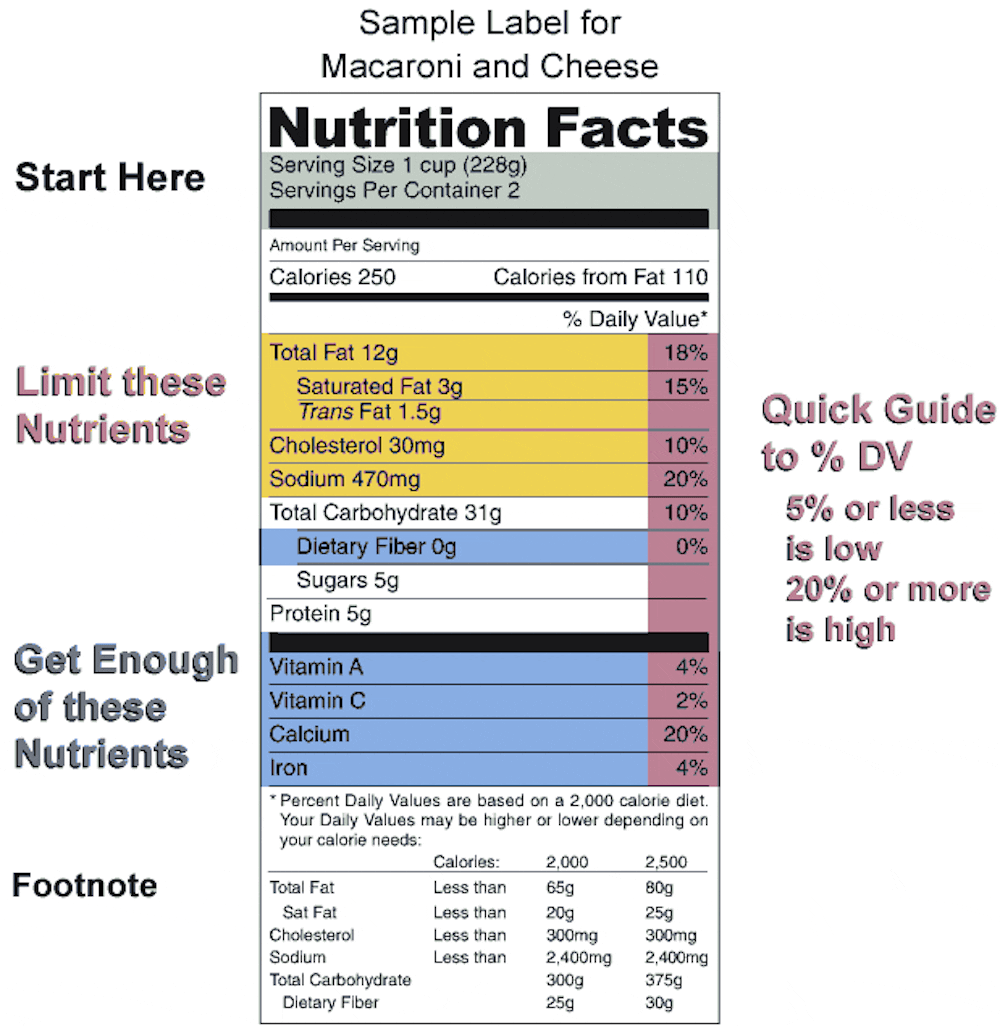
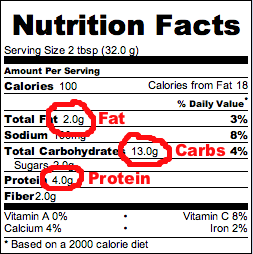
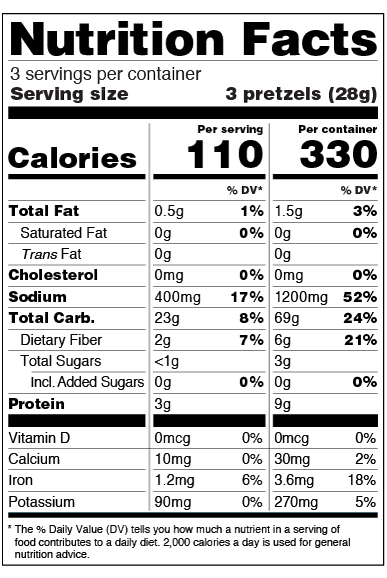





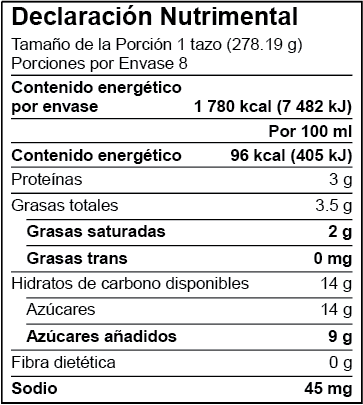








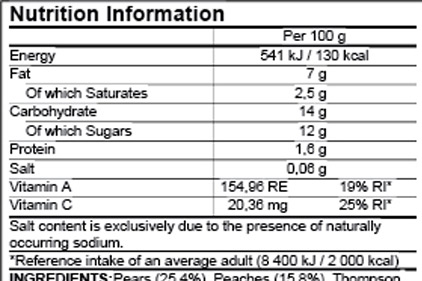

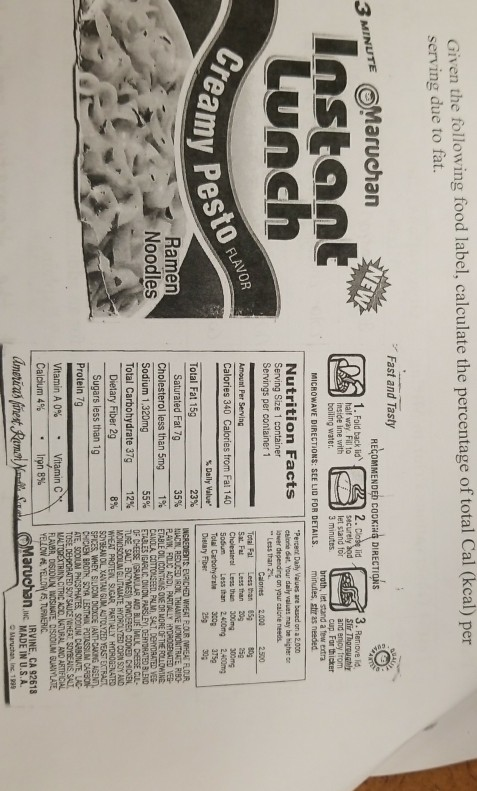
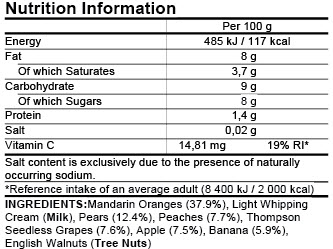

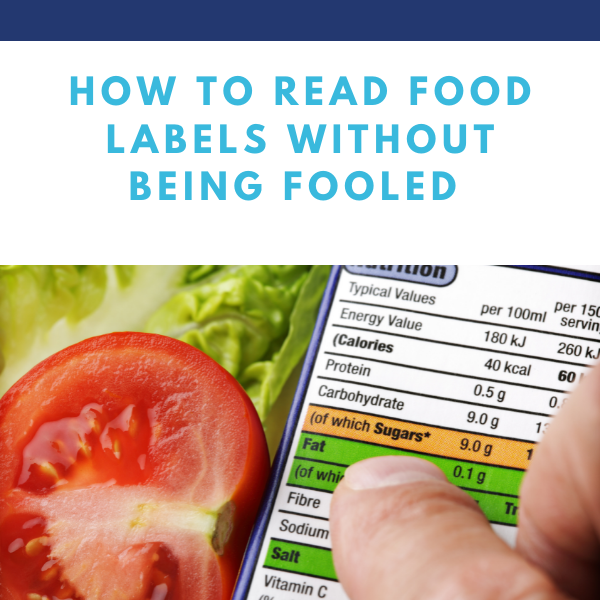

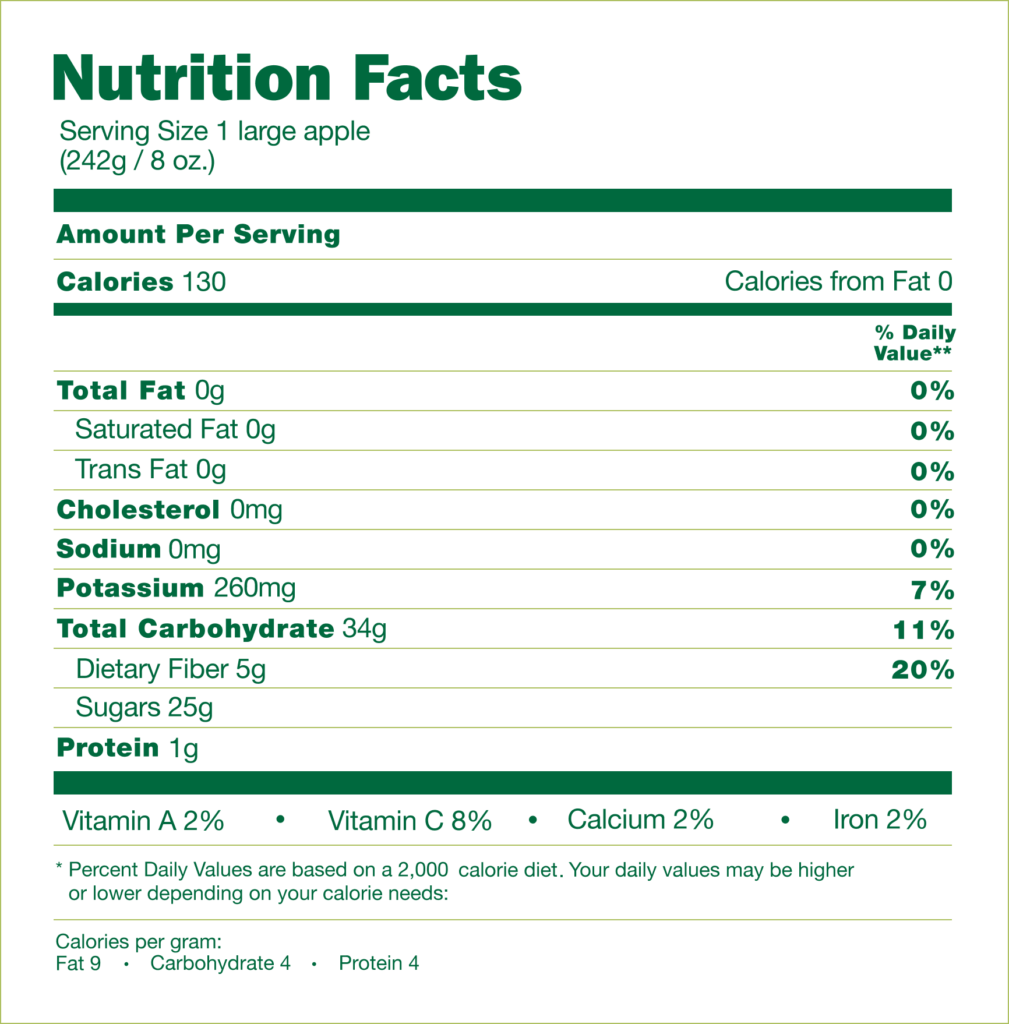


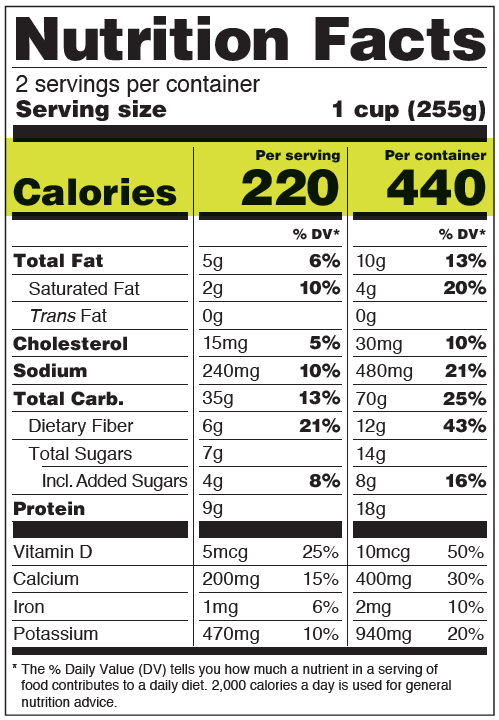
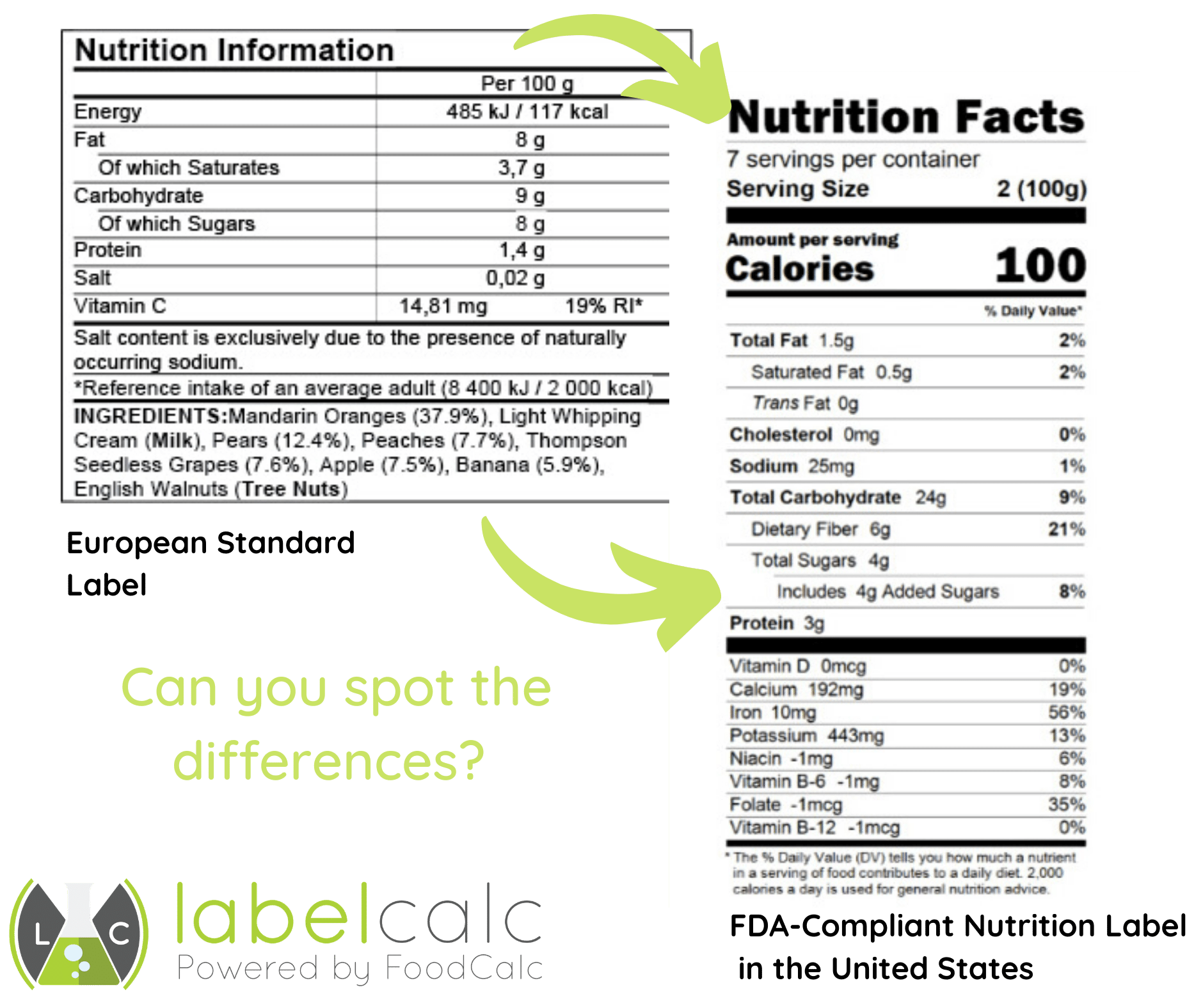
Post a Comment for "43 kcal on food labels"